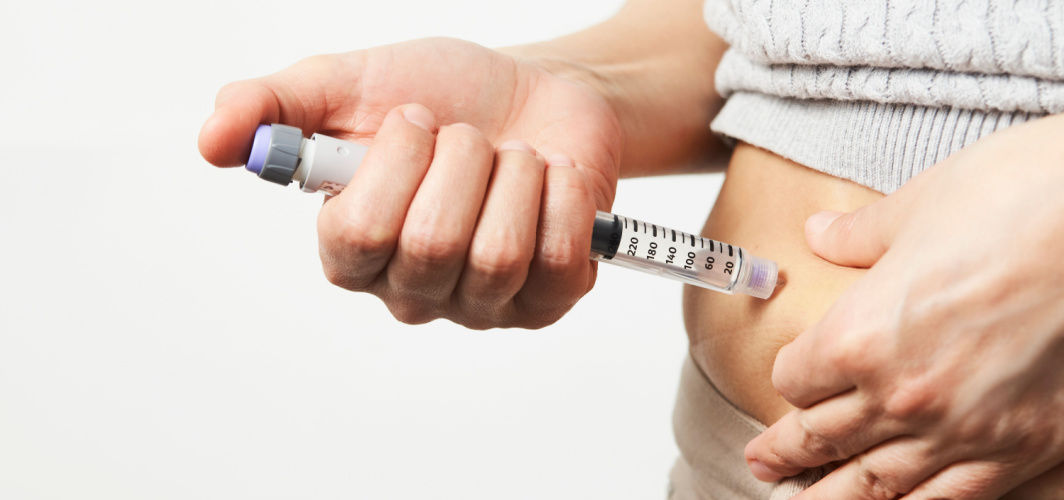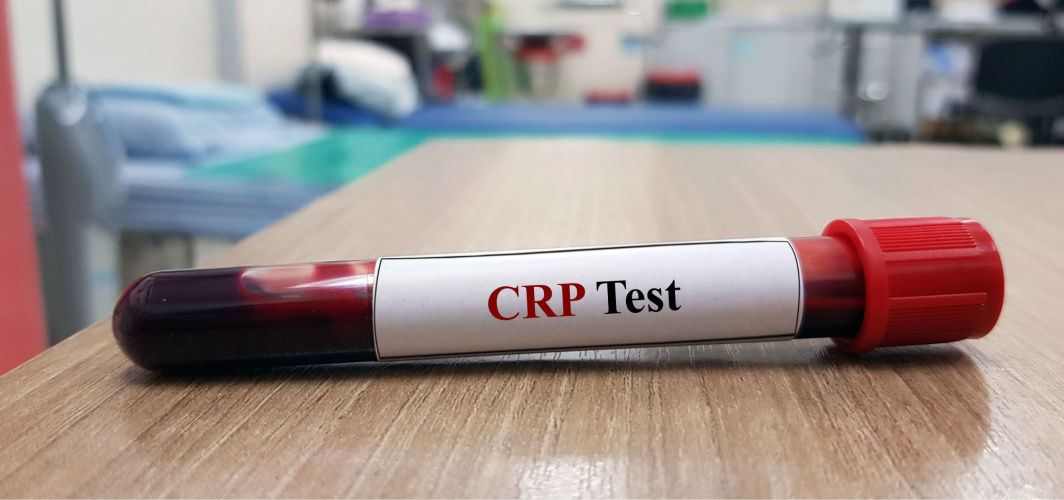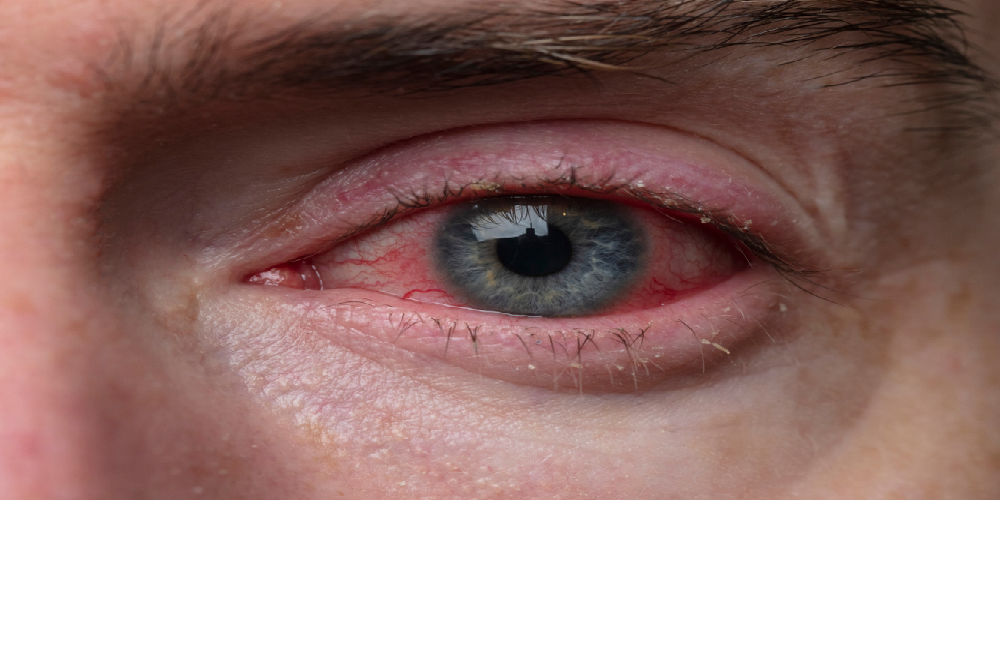General Health
How to Test for Insulin Resistance
7 min read
By Apollo 24|7, Published on - 06 October 2023
Share this article
0
0 like

Insulin resistance is a condition in which the body's cells become less responsive to the hormone insulin, leading to high blood sugar levels. It is an underlying cause of type 2 diabetes and metabolic syndrome. Testing for insulin resistance, through methods such as the serum insulin test and fasting insulin test, is crucial as it can help identify individuals at risk of developing these conditions and allow for early intervention. In this blog, we will delve into the essential insights on how to test for insulin resistance, enabling you to take proactive steps towards your health and well-being.
Risk Factors for Insulin Resistance
Insulin resistance is a metabolic condition characterised by diminished responsiveness of body cells to the effects of insulin, a hormone critical for regulating blood sugar levels. Several factors contribute to the development of insulin resistance. Here are some common risk factors:
1. Age and Gender
Age plays a significant role in the development of insulin resistance. As individuals grow older, their risk of developing insulin resistance tends to increase. This is partly because muscle mass tends to decrease with age, and muscle is a key tissue for insulin sensitivity.
Gender can also be a factor, as women with polycystic ovary syndrome (PCOS) are at an increased risk of insulin resistance due to hormonal imbalances. However, both men and women can develop insulin resistance, and age remains a common risk factor for both genders.
2. Family History
Your family history can provide valuable insights into your risk of insulin resistance. If you have close relatives, such as parents or siblings, who have diabetes or a history of insulin resistance, your own risk may be higher.
3. Obesity and Sedentary Lifestyle
Obesity and a sedentary lifestyle are two of the most significant risk factors for insulin resistance. Excess body fat, especially visceral fat (fat stored around the abdominal organs), can interfere with insulin signalling and glucose metabolism. Furthermore, a lack of physical activity can reduce insulin sensitivity in muscle tissues.
4. Ethnicity and Genetics
Ethnicity can also influence an individual's susceptibility to insulin resistance. Some ethnic groups, such as African Americans, Hispanics, Native Americans, and Asian Americans, have a higher prevalence of insulin resistance and Type 2 diabetes.
Genetic predisposition to insulin resistance can vary from person to person. While some people may have genetic mutations that make them more prone to insulin resistance, others may have genetic advantages that protect them from it.
Potential Symptoms of Insulin Resistance
Initially, insulin resistance may not cause noticeable symptoms. However, as the condition progresses, it can contribute to a range of symptoms and health issues.
- Increased thirst and frequent urination
- Fatigue and low energy levels
- Weight gain, especially around the waistline
- Difficulty losing weight
- Dark patches of skin, especially around the neck and armpits
- High blood pressure
- Low HDL cholesterol levels and high triglyceride levels
- Polycystic ovary syndrome (PCOS) in women
Methods of Testing for Insulin Resistance
Testing for insulin resistance is crucial for early detection and effective management of conditions such as prediabetes and type 2 diabetes. Here are some common methods of testing for insulin resistance:
1. Fasting Plasma Glucose Test
While the Fasting Plasma Glucose (FPG) test is not a direct test for insulin resistance, it is commonly used to assess glucose metabolism and can indirectly provide information about the likelihood of insulin resistance.
This test requires fasting for at least 8 hours prior to the test. A blood sample is taken in the morning before having breakfast. The blood sample is then sent to a laboratory for analysis. Interpreting the results goes as follows:
- Normal: Fasting plasma glucose level below 100 mg/dL (5.6 mmol/L)
- Prediabetes: Fasting plasma glucose level between 100-125 mg/dL (5.6-6.9 mmol/L)
- Diabetes: Fasting plasma glucose level of 126 mg/dL (7 mmol/L) or higher
2. Oral Glucose Tolerance Test (OGTT)
The Oral Glucose Tolerance Test (OGTT) is a diagnostic test that assesses how the body handles a standard amount of glucose. While the primary purpose of the OGTT is to diagnose diabetes, it can also provide valuable information about insulin resistance and how the body responds to glucose over time.
- Procedure: You will be asked to fast overnight for at least 8 hours before the test. On the day of the test, a blood sample will be taken to measure your fasting glucose levels. Next, you will be given a sugary drink that contains a specific amount of glucose. Blood samples will be taken at regular intervals, usually every 30 minutes or so, for up to 2 hours after consuming the drink.
- Results: The results of an OGTT can help determine whether you have insulin resistance. A healthcare provider will analyse the blood glucose levels during and after the test to assess how well your body processes glucose. Elevated glucose levels may indicate insulin resistance.
3. Haemoglobin A1c Test
The Haemoglobin A1c (HbA1c) test is a blood test that provides information about a person's average blood sugar levels over the past 2 to 3 months.
- Procedure: This serum insulin test requires a blood sample, which is usually drawn from a vein in your arm. You may be asked to fast for at least eight hours before the test, although some healthcare providers may not require fasting. The blood sample is then sent to a laboratory for analysis.
- Results: The results of the haemoglobin A1c test are given as a percentage. A level of 5.7% or lower is considered normal, while a level between 5.7% and 6.4% indicates prediabetes. An A1c level of 6.5% or higher is indicative of diabetes.
4. Insulin Level Test
The insulin level test measures the amount of insulin in the blood and is a valuable tool in assessing insulin resistance.
- Procedure: The serum insulin test is usually done in the morning after an overnight fast. You may be asked to refrain from eating or drinking anything except water for at least 8 hours before the test. A healthcare professional will draw a sample of your blood, usually from a vein in your arm. The blood sample will then be sent to a laboratory for analysis.
- Results: Normal fasting insulin test levels typically range between 5 and 20 micro international units per millilitre (µIU/mL). Higher levels of insulin may indicate insulin resistance. Your doctor will interpret the results based on your specific situation and medical history.
Medical Treatments for Insulin Resistance
Once diagnosed with insulin resistance, various medical treatments can be prescribed to improve insulin sensitivity or manage blood sugar levels effectively. These treatments include:
1. Medications to Improve Insulin Sensitivity
Certain medications can help improve insulin sensitivity and regulate blood sugar levels. They include:
- Metformin
- Thiazolidinediones (TZDs)
- Incretin mimetics
2. Insulin Therapy
In some cases, when oral medications are insufficient, insulin therapy may be necessary. It involves injecting insulin into the body to help lower blood sugar levels and manage insulin resistance.
Lifestyle Changes to Improve Insulin Sensitivity
It's important to note that lifestyle changes play an essential role in improving insulin sensitivity.
1. Healthy Diet Recommendations
Here are some recommendations to consider:
- Low Glycemic Index Foods: Choose low glycemic index foods, such as kidney beans and lentils, which have a slower release of sugar into the bloodstream.
- Balancing Macronutrients: Balance your macronutrients by including adequate protein, healthy fats, and complex carbohydrates in your diet.
- Include Fibre-rich Foods: Incorporate fibre-rich foods like whole grains, fruits, and vegetables to help slow down digestion and improve blood sugar control.
- Limit Added Sugar Intake: Limit your intake of added sugars found in processed foods, beverages, and sweets.
- Importance of Portion Control: Practice portion control to avoid overeating and maintain a healthy weight.
2. Regular Exercise Routine
Regular exercise plays a crucial role in improving insulin sensitivity. Aim for at least 150 minutes of moderate-intensity aerobic exercise per week. Additionally, incorporating strength training exercises into your routine can also be beneficial.
- Aerobic Exercises: Engage in activities like brisk walking, cycling, swimming, or dancing. These exercises help improve cardiovascular fitness and enhance insulin sensitivity.
- Strength Training: Include exercises that target major muscle groups, such as weightlifting or using resistance bands. Strength training helps build lean muscle mass, which contributes to better insulin sensitivity.
- Incorporating Physical Activity into Daily Life: Increase your overall physical activity by taking the stairs instead of the elevator, walking or cycling instead of driving short distances, and using a standing desk instead of sitting for long periods.
Conclusion
In conclusion, insulin resistance is a condition that can lead to serious health complications if left undiagnosed and untreated. Fortunately, there are various ways to test for insulin resistance, including methods like the serum insulin test and fasting insulin test, enabling early detection and intervention. Remember to consult with a healthcare professional for accurate diagnosis and guidance on appropriate treatment strategies tailored to your specific needs.
General Health
Consult Top Diabetologists
View AllFrequently Asked Questions
Are there any lifestyle factors that contribute to insulin resistance?
Are there any lifestyle factors that contribute to insulin resistance?
What are the common symptoms of insulin resistance?
What are the common symptoms of insulin resistance?
Can children have insulin resistance?
Can children have insulin resistance?
Can I monitor my blood sugar levels at home?
Can I monitor my blood sugar levels at home?
Can insulin resistance be reversed?
Can insulin resistance be reversed?
Leave Comment
Recommended for you

General Health
C- Reactive Protein (CRP) Test: Readings And Ways To Lower It
Learn about CRP, a protein produced by the liver in response to inflammation. Discover its role in diagnosing and monitoring diseases like infections, autoimmune disorders, and cardiovascular conditions. Stay informed about the latest guidelines, technologies, and lifestyle factors related to CRP.

General Health
9 FAQs About Conjunctivitis
From symptoms to treatment options, this blog provides comprehensive information on conjunctivitis. Learn how to prevent and manage this common eye condition.

General Health
All You Need To Know About Nipah Virus
Nipah virus (NiV) transmits from animals to humans, primarily through fruit bats. Symptoms of a Nipah virus infection vary from mild to severe and there's no cure or vaccine. The treatment focuses on symptom management and you can take certain precautions to prevent Nipah virus infection.
Subscribe
Sign up for our free Health Library Daily Newsletter
Get doctor-approved health tips, news, and more.
Visual Stories

Science-backed Home Remedies for Burns and Blisters
Tap to continue exploring
Recommended for you

General Health
C- Reactive Protein (CRP) Test: Readings And Ways To Lower It
Learn about CRP, a protein produced by the liver in response to inflammation. Discover its role in diagnosing and monitoring diseases like infections, autoimmune disorders, and cardiovascular conditions. Stay informed about the latest guidelines, technologies, and lifestyle factors related to CRP.

General Health
9 FAQs About Conjunctivitis
From symptoms to treatment options, this blog provides comprehensive information on conjunctivitis. Learn how to prevent and manage this common eye condition.

General Health
All You Need To Know About Nipah Virus
Nipah virus (NiV) transmits from animals to humans, primarily through fruit bats. Symptoms of a Nipah virus infection vary from mild to severe and there's no cure or vaccine. The treatment focuses on symptom management and you can take certain precautions to prevent Nipah virus infection.